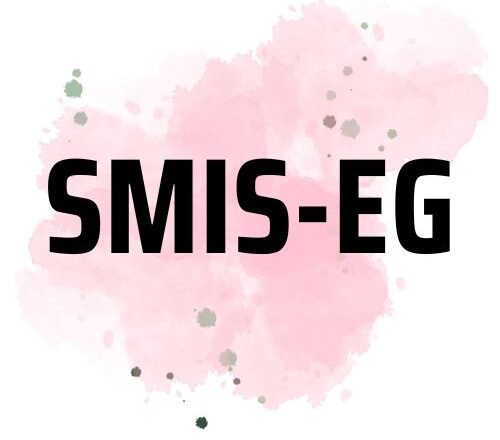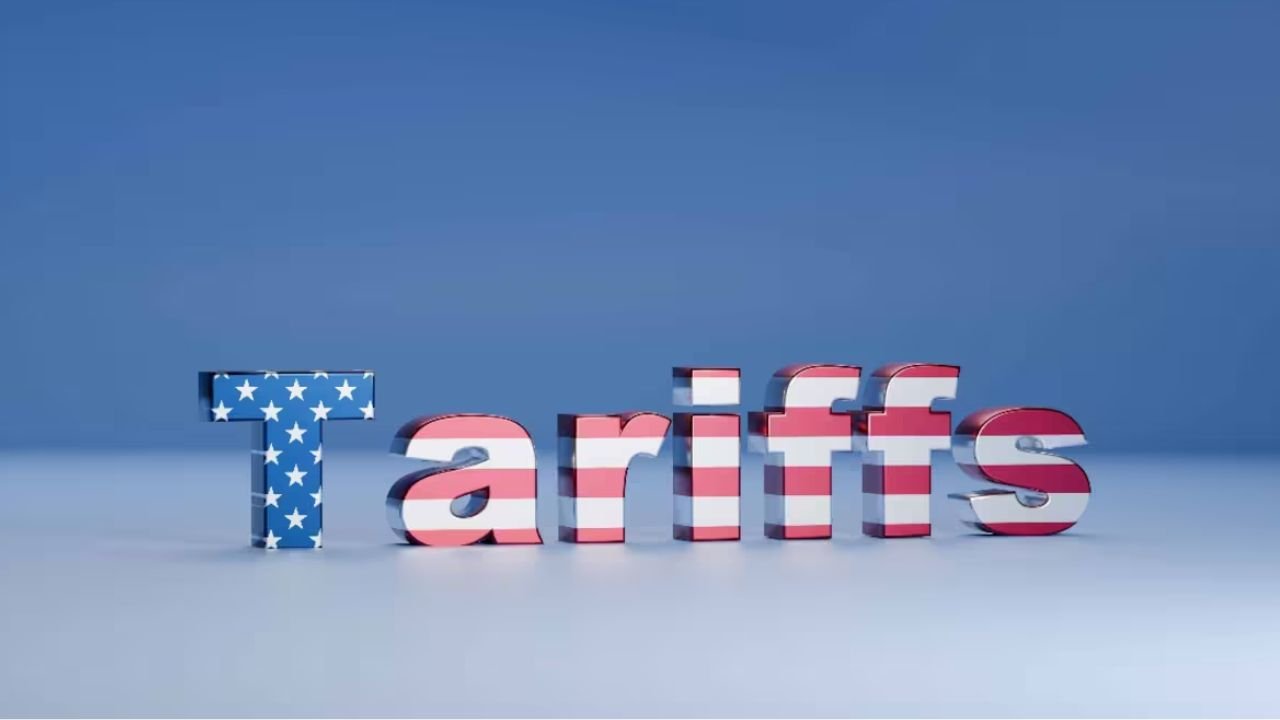A sweeping tariff hike announced for late August has jolted Indian exporters at a precarious moment for the economy. With the US rate on a broad swath of Indian goods rising from 25 percent to 50 percent, pressure on already thin margins has intensified. In carpet hubs like Bhadohi, where entire communities depend on export orders, the new duty structure threatens livelihoods and long standing craft traditions while forcing a rapid rethink of market strategy.
| Tariff Shock 2025 | Key Facts |
|---|---|
| New US tariff rate | 50 percent on impacted Indian exports |
| Previous rate | 25 percent before the hike |
| Effective timing | Late August 2025 implementation |
| Core sector in focus | Handmade carpets and rugs from Bhadohi |
| Immediate impact | Higher shelf prices, squeezed demand, risk to employment |
| Likely importer response | Shift toward lower cost alternatives in other countries |
Why The Tariff Spike Hurts More Than Before
An initial 25 percent duty was already straining export price points. Doubling that to 50 percent sharply lifts retail tags in the US, making Indian products far less competitive. A carpet that previously retailed for 500 dollars could now carry roughly 250 dollars in extra duty, pushing buyers toward substitute sources. For exporters, absorbing such increases is unviable, and passing them through risks lost orders.
Bhadohi’s Carpets At The Epicenter

Bhadohi in Uttar Pradesh has long been synonymous with India’s handmade carpet industry, from hand tufted varieties to intricate Persian style hand knotted pieces. The American market has historically absorbed a significant share of these exports, and any contraction there reverberates across the value chain. With a large proportion of India’s carpets sold abroad and a majority headed to the US, demand shocks translate directly into workshop slowdowns.
A Fragile Livelihood Network Under Strain
The carpet cluster sustains an extensive ecosystem of weavers, dyers, designers, finishers, traders, and logistics workers. Many families without farmland rely solely on looms for income. When orders decelerate, daily earnings evaporate quickly, pushing households toward subsistence budgeting. Local leaders warn that prolonged weakness could hollow out the artisan base, making recovery harder even if tariffs ease later.
US Importers Face Tough Choices Too
American importers prize Indian carpets for their craftsmanship and design diversity. Yet sudden cost escalation forces them to reassess sourcing. Alternatives in countries like Turkey, China, and Iran may attract trial orders as buyers try to balance quality with affordability. While replicating India’s artistry is difficult, consumer price sensitivity can override long standing preferences in a high cost environment.
What New Delhi And Exporters Can Do Next
A rapid policy response can soften the blow. Short term relief in the form of credit easing, interest support, and targeted incentives for labor intensive sectors could stabilize payrolls and prevent production flight. Parallel efforts to diversify demand toward Europe, the Gulf, and wider Asia can mitigate single market exposure. Streamlining compliance and logistics costs would further defend margins at the border.
Rebalancing Toward The Home Market
Building a stronger domestic base can reduce vulnerability to external shocks. Campaigns to promote Indian carpets in premium urban segments, institutional procurement, and hospitality refurbishments could absorb part of the slack. However, near term scale may be limited compared with the US corridor, so domestic push should complement, not replace, export diversification.
Culture At Risk Alongside Commerce
Each handmade carpet embodies months of skilled labor and inherited technique. If workshops fall silent, the loss extends beyond income to intangible heritage. Weaving lineages, regional motifs, and material know how can fade quickly without steady work, imperiling a cultural asset that has long projected India’s soft power and craft leadership abroad.
Finding A Path Through 2025
The sector stands at a difficult juncture. Without timely support, closures and job losses could cascade through production clusters. With coordinated action, the crisis can catalyze upgrades in design, technology aided productivity, market development, and brand building. The goal is twofold: protect today’s livelihoods and lay foundations for a more resilient, multi market export engine.
The jump to a 50 percent US tariff has escalated pressure on Indian exporters, especially in labor intensive craft sectors like Bhadohi’s carpets. The shock is economic and cultural, threatening incomes and a centuries old tradition. Swift policy measures, proactive exporter strategy, and targeted market diversification can help contain the damage and keep India’s carpet story alive in 2025 and beyond.

